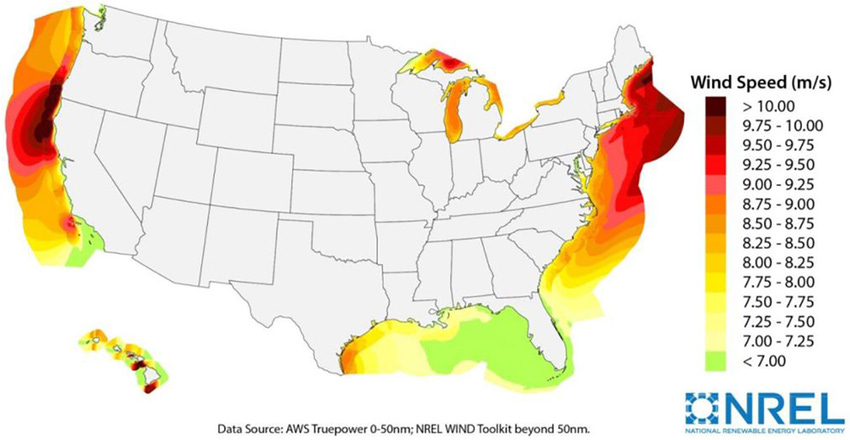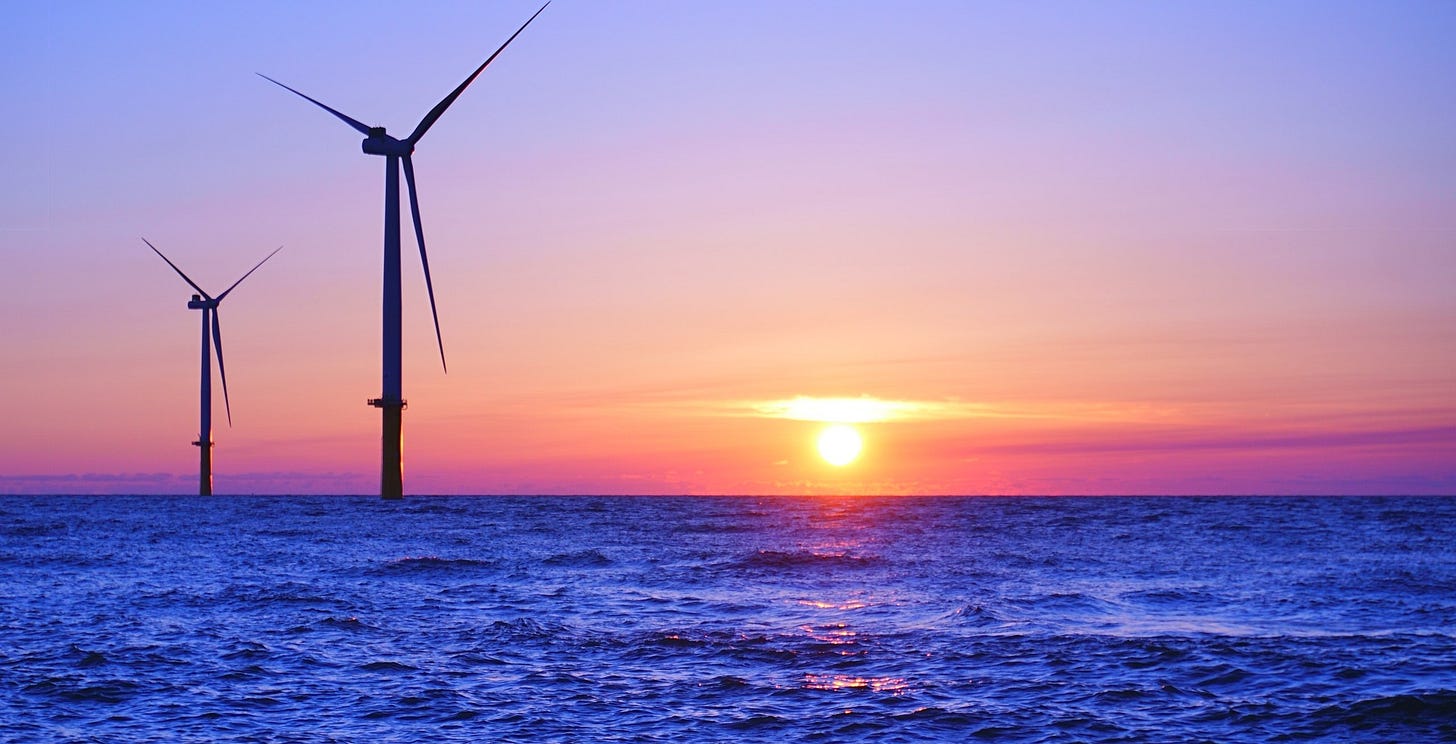US Offshore Wind Ban Is a Tragic Mistake
Trump Kills One of America's Best Energy Sources
Since it came to power the Trump administration has - for no particularly good reason - waged a war on renewable energy.
The administration has reduced some subsidies for clean energy, and eliminated others. It has cancelled billions in grants for solar energy. It has effectively barred new wind and solar projects in federal lands. It has even tried to halt construction of wind farms by pretending they pose a danger to aircraft.
Yet in a crowded contest, the most damaging energy policy the Trump administration has hitherto produced is probably the outright ban on new offshore wind farms. The US is behind on developing its offshore wind industry, which provides significant electricity generation in Europe and Asia. Yet the Biden administration had made good progress on starting to develop this promising source of energy.
On July 30 that progress ground to a halt when the Bureau of Ocean Energy Management (BOEM) issued a statement that barred any new wind farm leases in American waters for the foreseeable future.
There is one utility scale offshore wind farm in the United States fully operating now, with another three coming online in stages. An additional five have been fully permitted and may be built. The combined total capacity of all these projects is 8.6 GW. But every other project in the pipeline has been halted by the BOEM order - likely until the end of Trump’s term.
À Bout de Souffle
Offshore wind provides low-carbon electricity with zero air pollution and zero fuel cost at a time when climate change is inflicting material economic impacts and AI is driving electricity demand growth. It is genuinely insane that any world leader would seek to ban it. But it’s even more short sighted given the many advantages offshore wind has over its more established onshore cousin.
Firstly, onshore wind farms are typically visible to surrounding populations, and their tall, moving structures present a distracting visual profile. The visual impacts of wind farms may be minor annoyances compared to the catastrophic consequences of climate change. But they are real and can impede wind farm development and sap public support for the technology altogether.
Offshore wind farms, on the other hand, are typically situated far enough out to sea that they cannot be seen from shore. Outside of commercial fisherman, container ship crews, or airline passengers looking out their windows - no one will even know they’re there.

Secondly, winds off the coast tend to be stronger and more consistent than winds onshore. Capacity factors onshore average around 35%, meaning an onshore wind farm produces 35% of the electricity it theoretically could if running at maximum output 24/7. For offshore wind farms capacity factors average closer to 50%, and some go even higher.
Thirdly, offshore wind resource tends to be situated near areas of high electricity demand. While onshore wind farms in the Prairie Midwest power cities like Des Moines and Grand Forks, offshore wind farms power cities like New York, Boston, Los Angeles, San Francisco, and Washington D.C.
Although in theory it’s possible to build intercontinental transmission lines to bring Iowa Wind Power or Arizona Solar to the East Coast - the political, regulatory and capital hurdles are prohibitive. Laying underwater transmission cables from a wind farm to shore is much easier.
Fourthly, offshore wind has the most domestic content of any renewable energy technology. The turbines, the blades, the steel substructures and even the specialized ships needed to install them are typically all built in America. The farms themselves are located in American waters and built and maintained by American workers.
For new projects - all of those jobs are gone due to Trump’s policy, along with the leasing revenues that would have been paid to the federal government.
A Second Wind?
Given the many advantages of offshore wind, it is hard to see the Trump ban as anything other than an ideological kulturkampf from an administration staffed with irrational zealots. The Biden administration’s original plan was to build 30 GW of offshore wind by 2030. Given currently policy, that target will certainly not be met.
But the potential for future growth is enormous. In the 2030s, the United States could realistically build 200 GW of offshore wind capacity, which would provide somewhere around 20% of the nation’s electricity. The upper limit of its technical capacity is even higher at 4249 GW, enough to power the entire country five times over.1
America would clearly be better off without blanket bans on promising sources of clean energy. But there is one silver lining to Trump’s otherwise moronic policy. Currently offshore wind is one of the more expensive low-carbon generating technologies available. It’s not nearly as expensive as nuclear. But it’s certainly pricier than onshore wind, solar or natural gas.
By waiting until after the expiration of Trump’s term, America’s inevitable offshore wind buildout will likely be cheaper. The technology - particularly floating offshore wind - will be scaled significantly by the Europeans and Chinese over the next four years. And the consequent economies of scale may be used to power an American offshore wind superboom in the 2030s.
A revolution deferred, not defeated.
https://docs.nrel.gov/docs/fy22osti/83650.pdf



